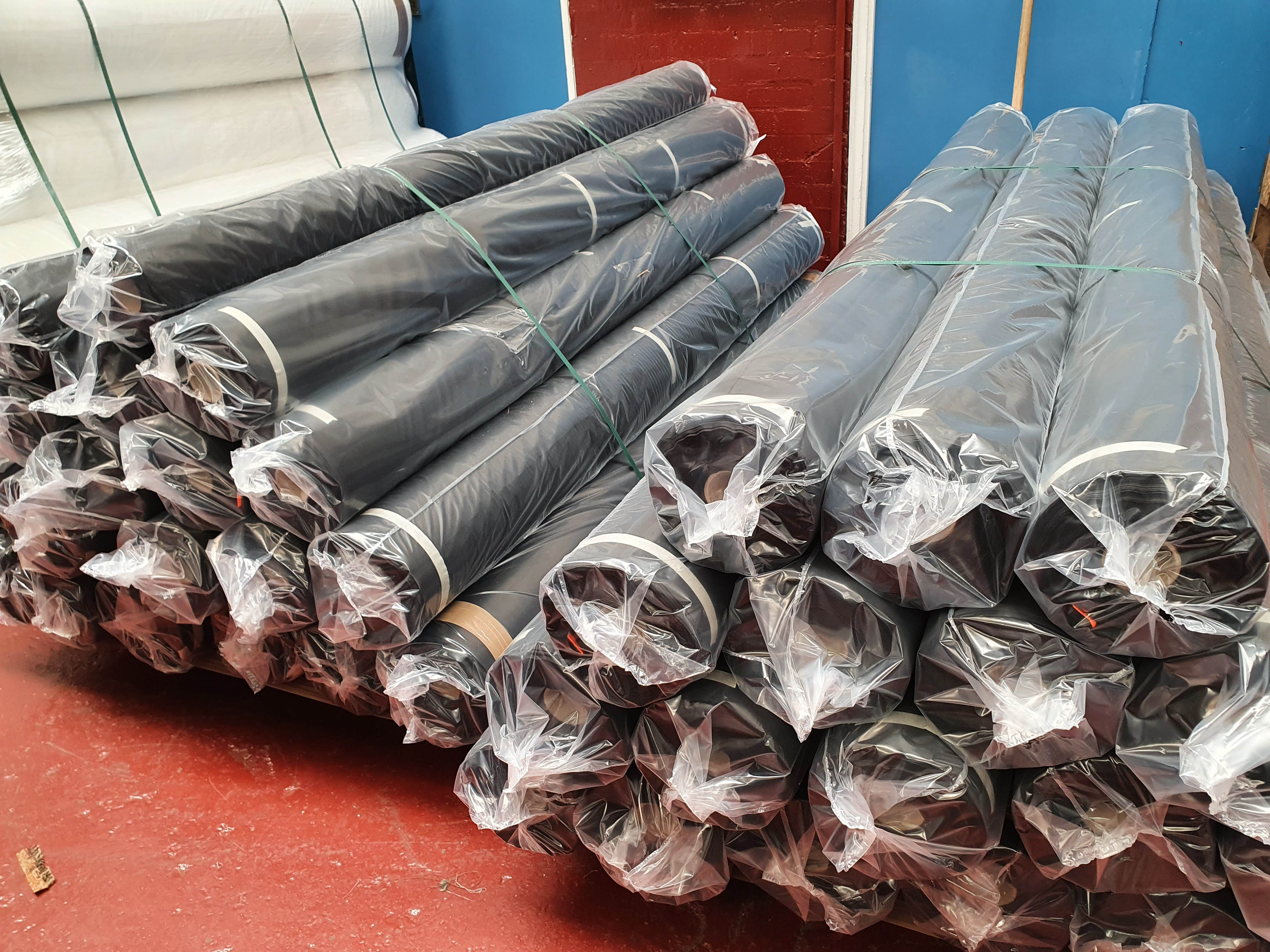Black Fire Retardant Fabric
Wide width (192cm) fire retardant fabric, ideal for drapes and back drops,
In the realm of safety and protection, fire retardant fabric stands as a crucial innovation, offering both style and substance. Whether you're in the industrial sector, hospitality industry, or a homeowner seeking peace of mind, understanding the nuances of this specialized material is paramount. Let's delve into the depths of fire retardant fabric and its myriad applications.
Common uses for fire retardant fabrics
Curtains and Drapes: fire retardant fabric can be used to create curtains and drapes for theaters, event venues, and public spaces, providing both aesthetic appeal and fire safety.
Upholstery: It's commonly utilized in upholstering furniture in commercial settings such as hotels, restaurants, and conference centers to ensure compliance with fire safety regulations.
Stage Backdrops: fire retardant fabric serves as a backdrop for stages in theaters, concert halls, and event venues, offering a safe and visually striking background for performances.
Protective Clothing: Firefighters, industrial workers, and emergency responders wear clothing made from fire retardant fabric to shield themselves from heat and flames in hazardous environments.
Industrial Curtains: In industrial settings such as manufacturing plants and warehouses, fire retardant fabric is used to create safety curtains to contain sparks and prevent the spread of fires.
Vehicle Interiors: It's employed in the interiors of vehicles, including buses, trains, and airplanes, to ensure passenger safety in the event of a fire.
Hospitality Linens: Hotels and cruise ships use fire retardant fabric in bedding, linens, and tablecloths to meet fire safety standards and protect guests.
Soundproofing Panels: fire retardant fabric is used to cover soundproofing panels in recording studios, theaters, and home theaters, providing both acoustic insulation and fire resistance.
Trade Show Booths: Exhibitors at trade shows and exhibitions often use fire retardant fabric in booth designs to create visually appealing displays that comply with safety regulations.
Outdoor Events: Tents and canopies made from fire retardant fabric are commonly used for outdoor events such as weddings, festivals, and concerts, offering protection from both the elements and potential fire hazards.
Fire retardant fabric serves as a beacon of safety in environments where fire hazards lurk. By understanding its properties, applications, and maintenance requirements, you can harness the protective power of this remarkable material. Whether safeguarding a theater stage or enhancing the safety of your home, fire retardant fabric stands as a testament to innovation and peace of mind.
Understanding Fire Retardant Fabric:
Fire retardant fabric is engineered to inhibit or delay the spread of flames and resist ignition when exposed to fire or high heat. Composed of fire-resistant fibers, this fabric undergoes stringent testing to meet industry standards for safety and durability.
Applications and Versatility
From curtains and upholstery to protective clothing and stage backdrops, the applications of fire retardant fabric are vast and varied. Its versatility makes it a staple in industries where fire safety is paramount, including theaters, hospitals, hotels, and automotive manufacturing.
Benefits of Fire Retardant Fabric
Enhanced Safety: Protects occupants and property by slowing down the spread of fire.
Compliance: Meets regulatory standards and building codes for fire safety.
Durability: Maintains its integrity even under extreme conditions, ensuring long-term reliability.
Aesthetic Appeal: Available in various textures and finishes, including sleek black designs, to complement any decor or project requirement.
Choosing the Right Fire Retardant Fabric
Selecting the appropriate fire retardant fabric requires careful consideration of factors such as:
Flame Resistance Rating: Ensure the fabric meets relevant standards for flame resistance.
Fabric Composition: Evaluate the material's composition and performance characteristics.
Application-Specific Requirements: Tailor the fabric choice to suit the intended use and environment.
Care and Maintenance Tips
To maximize the lifespan and performance of fire retardant fabric, follow these maintenance guidelines:
Regular Cleaning: Remove dust and debris using gentle cleaning methods recommended for fire-resistant textiles.
Avoid Harsh Chemicals: Use mild detergents and avoid bleach or abrasive cleaners that may compromise the fabric's fire-retardant properties.
Professional Inspection: Periodically inspect the fabric for signs of wear or damage, and address any issues promptly to ensure continued effectiveness.
Further discount available of bulk orders
Order online or request a free fabric samples
Ask a Question..?
Send us a quick message, and we'll get back to you soon..! or call us on 0121 359 2349






